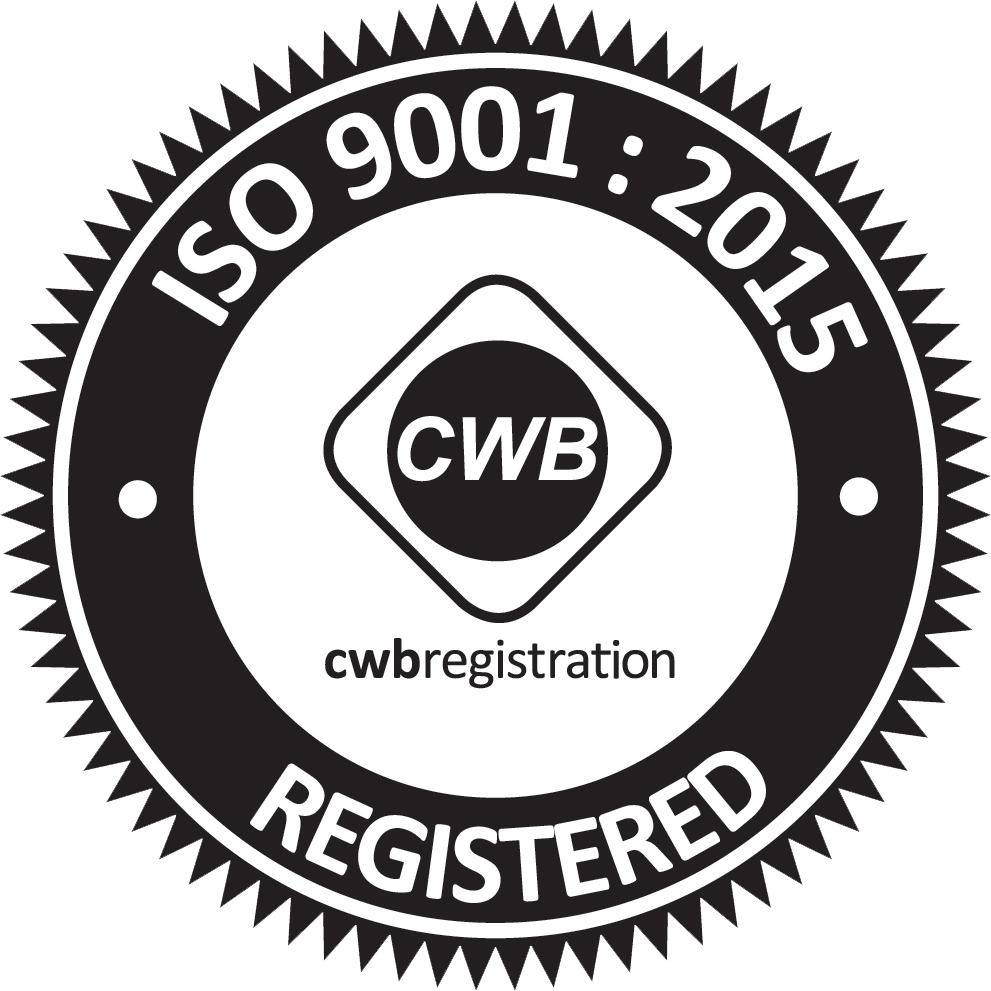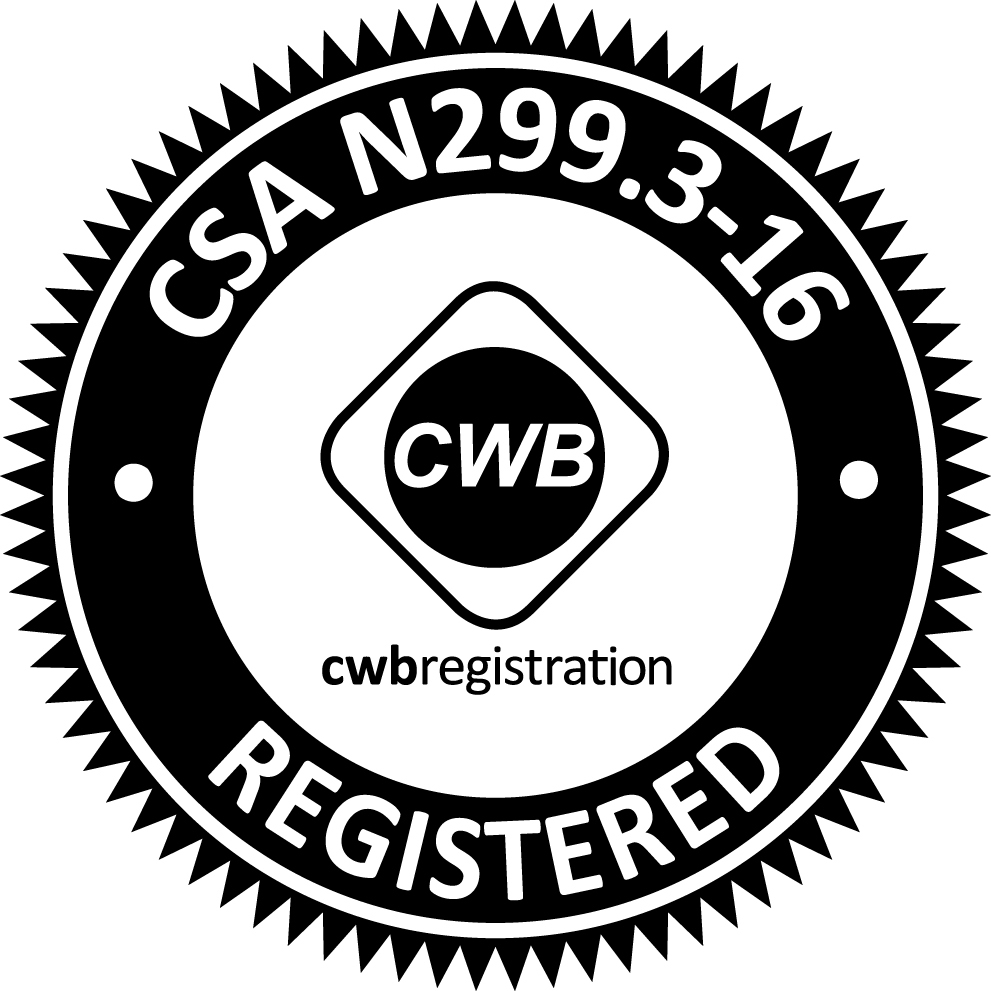Below are some considerations for the design of your cabinet. This is a list of options or things to think about for your design before we create a quote.
Cabinet Design Considerations
- Type, design, or requirements needed to ensure there is adequate storage room for the product or item placed into the cabinet.
- The internal cupboard, shelf, or drawer size when door or drawer is closed must be considered to ensure it is adequate in size.
- The level of adequate shielding or protection must be known.
- The room where the cabinet will be placed and how will it look and fit with other equipment or furniture.
- Will our standard grey colour match or clash with other equipment or casework?
- What will be placed onto the top of the cabinet or inside the cabinet?
Cabinet Size Considerations
Consider the outside and inside dimensions. It’s important to note these as one dimension will dictate the other based on what lead shielding is needed.
Note: Quite often there are critical dimensions like trying to fit a cabinet between other existing cabinets, under existing countertops, matching current countertop heights, or ensuring the product or item fits inside of the cabinet box, drawer, shelf, or cupboard.
Cabinet Shielding Considerations
We can shield the cabinets with 1/32’’ to 2” or more of lead. In shielding less than 5/8” thick we layer sheet lead inside the cabinet and weld all seams. For lead over 5/8” thick, we pour lead into the walls. When we pour lead, the molten metal generates a lot of heat that can cause the walls to budge or distort. To prevent this, we must manufacture the cabinet from thicker steel plates and add temporary reinforcement prior to pouring. Unfortunately, thicker plates add to the inside or overall size of the cabinet. Composite solutions where Boron Filled Polyethylene is added to the interior of the cabinet are also available for gamma/neutron shielding applications.
Cabinet or Product Weight Considerations
It is important to know the weight of the item(s) to be placed into the drawers, shelves, or the cabinet. Our standard capacity is 100 lbs. The weight placed on the top surface of the cabinet is also something to consider. Adding L-Blocks or other heavy items must be taken into consideration when designing and building our cabinets. The overall cabinet weight should also be noted. Most of our cabinets weigh 1,000 to 2,500 lbs that place a large floor point loading. Please ensure the available space can take this floor loading and that the floor surface is suitable. Soft-tiled or linoleum floors are not recommended.
Transportation Considerations & Movement of Cabinet
All our cabinets are built on 4” high adjustable-height legs rather than sitting flat on the floor like what our typical competitors build. This allows the end user to move from a loading dock to the final position via forklift or pallet truck. A flat bottom doesn’t allow for this. It also allows the end user to adjust the height for uneven floors or for when a heavy cabinet sinks into a soft-tiled floor. These adjustable legs can be clad in a steel panel and hidden with a removable or fixed cover.
Cabinet Top Design Considerations
Cabinet top designs can be either a flat carbon steel top or a flat stainless-steel top. We offer the option to include 304 stainless steel tops with a front drip edge backsplash. Optional covered drop port holes for sharp containers and built-in display stands are also available. To include this option, the size of these holes and their location is required.
Cabinet Door Design Considerations
Cabinet door designs can be either single doors or double doors. All doors have a step built into the design to prevent radiation leakage. Double doors would include an overlap seam of lead or an astragal which is a common term in the door industry. These doors can weigh a fair amount depending on the amount of lead they require and can sometimes weigh more than 1500 lbs. Double doors should always be considered in lieu of single large doors. Opening and closing large-sized doors or thick leaded doors can take a certain amount of forced effort to open and close. It is recommended to always keep doors to a minimal size and when larger sizes are needed to consider double doors. Retail store-bought hinges are not made to take this type of weight so we must manufacture our own. The locks for the doors are welded to the outside and are not drilled and inserted into the door for a flush mount. This again is due to the radiation loss through this point. These door latches are usually placed on the outer edge or side of the cabinet or sometimes at the top of the cabinet door. Please take this into consideration to avoid any problems and advise of any issues this may cause. Drawer latches face the same issues.
Important Note: Large doors in size or lead thickness can have a significant weight that requires some strong effort to open and close them. It is recommended that large doors be split into double doors whenever possible to reduce this opening and closing effort required.
Internal Cabinet Options
We can offer shelves, drawers, or other modifications/options. If you require shelves, we need to know the load or weight for each shelf and whether the shelf must be fixed or adjustable in height, and if it needs to slide out. We will need to know the adjustments in height or increments if this option is required. For drawers, we need to know whether they require dividers, how much weight will be placed onto each drawer, and the internal size. We can put a lock on each drawer on the outside or have a door close over all the drawers with one lock. Sometimes it is preferred to have no door and all drawers. For this method, we would make each drawer with a lead-faced front but not lead-lined in between the drawers. There is no lead placed between any drawers, cupboards, shelves, or any other space – only the outer walls, sides, top, bottom, drawer, or door faces.
Cabinet Finish Considerations
Our standard finish is a grey spray on epoxy enamel. It can be touched up on-site if scratched. We can offer a baked powder coat; however, it does leave the opportunity for chipping if banged and cannot be re-touched if chipped. Our painting is an industrial paint finish and not a fine hospital finish that you might find on a filing cabinet or office furniture. They may be slight imperfections that show through the paint.
MarShield Lead Lined Cabinets Quotation Information Requirements
To provide a firm quotation, we require the following information:
- The model number of the cabinet if standard or if it is a custom, non-standard model, then preferably a small hand sketch showing the type or design with detail and the dimensions shown.
- Amount of lead shielding in the cabinet. *
- Options required such as stainless-steel top, backsplash, drip edge, drop through port holes, lockable doors, special colours, or paint finishes, adjustable or fixed shelves, and drawers.
- Shipping address with city, state/province, and zip/postal code.
- Door swing or hinge location, if applicable.
- Door or drawer latch location, if applicable.
- Required delivery time.
- State whether this request is budgetary or a firm price with an anticipated order date.
* We cannot determine the amount of lead shielding for you. If you are unsure, it is best to consult with a physicist.
Note: We do not provide shielding internally between shelves, drawers, or cupboards in the cabinet. All shielding is proved on the perimeter of the cabinet. This includes all sides, top, bottom, door, or drawer faces.
Additional Cabinet Options to Consider:
- Tops can be ordered 6″ deeper than cabinets to accommodate pipes and services.
- Card slots for labels
- Built-in seismic anchor brackets
- Alternative paint colours or a durable powder coat oven-baked paint finish
- When ordering multiple units for grouped configuration, a unified countertop may be ordered to provide a continuous work surface.
- Shielded cable port holes or shielded vent holes
- Fume hoods
- L-Block shields, lead brick caves, or enclosures
- Tabletop shields
- Dose calibrator shields
- Sharps containers
- Waste containers
- Decay drums for low or high energy
- Lead pig vial containers
- Custom cabinets: wider, deeper, higher, longer with lead thickness up to 4” thick
- Cabinet stands to raise small cabinets from the floor to a workable height
- Floor dollies for transporting your small cabinet



